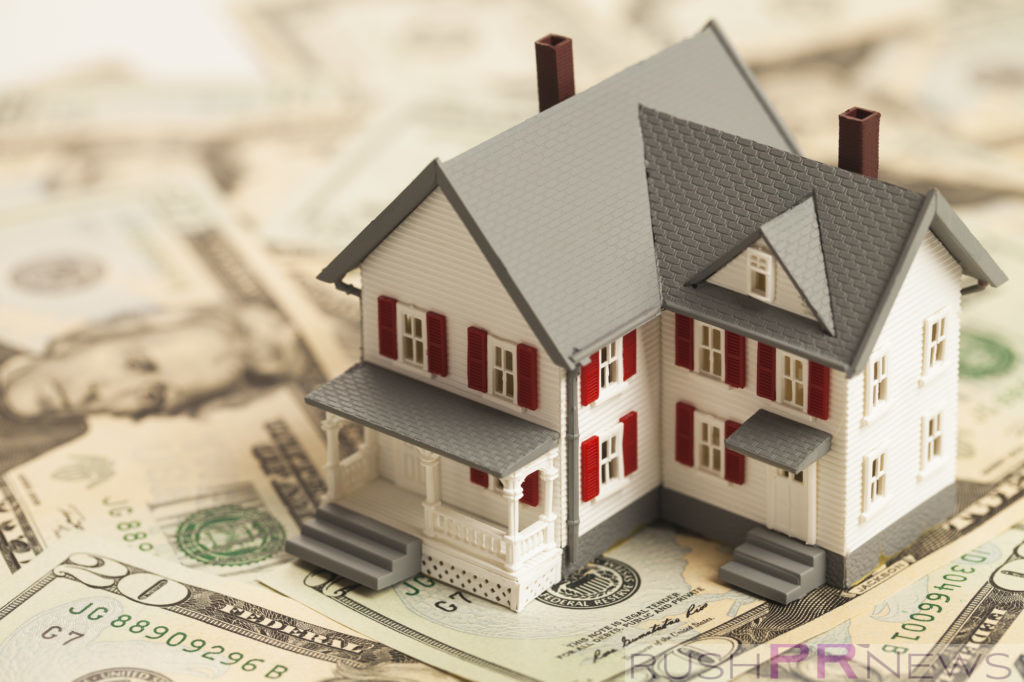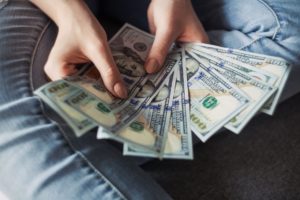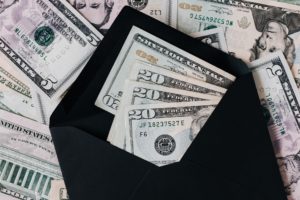If you want to get into the real estate investment game, then you’re going to need to understand real estate market cycles.
You don’t need to know the ins and outs of the housing cycle, just an explainer in simple language. So, we’ll cut out the technical nonsense.
Ready to learn about the real estate market cycles? Let’s get started!
Phase 1 – Recovery
This follows an economic recession. Demand for housing gradually grows during the recovery.
There are some signs of growth. However, the real estate market can appear to still be in an economic slump.
You spot signs of the market picking up. Is there a steady increase in property showings? Or, is there an upward trend in the number of building permits?
This is also a good moment to purchase a property for flipping. You can renovate the property to add value before flipping it in the upcoming phase for a profit.
You can also seize the opportunity to purchase property in prime locations before property prices begin to rise.
Phase 2 – Expansion
This is when the upward transition really kicks in.
The economy grows and demand for property rises. Eventually, supply and demand equalize. You can spot this with rising rental prices and low rates of vacancy of homes.
For low-risk investors, it’s a good time to purchase property confident that rents are high and property prices will continue to rise.
If you’re a value-add investor, you can secure discount properties which can be renovated for gains at a quick turnover rate.
Phase 3 – Hyper Supply
This is caused by economic decline and occurs when supply overrides demand for property. The consequences of hyper supply are a rise in vacant properties and drops in rental prices.
Therefore, investors concentrate on properties which promise continued value, such as with long-term contracts with tenants.
Investors brace themselves for an upcoming recession. The hope is that their investments can withstand the economic pressures to come.
It’s also important to spot property owners selling prime assets. If you’re looking to sell your property, we buy houses.
Phase 4 – Recession
The hyper supply phase of the real estate market quickly morphs into recession. This happened in the 2017 housing bubble.
This is usually caused by investors and other real estate players not recognizing the signs of hyper supply being on the edge of recession.
Signs of a recession include high supply with extremely low demand for investments in property. This usually causes even higher vacancy rates and low rental prices.
Investors who are open to high-risks can snap up assets in the recession. For most investors, this is a time to weather the storm to wait for recovery.
Learn More About Real Estate Market Cycles
Real estate markets can always sound so complicated. But, now you know all about real estate market cycles explained with simple language.
Do you want to learn more about real estate? Check out our blog post here on how to become a real estate guru.




